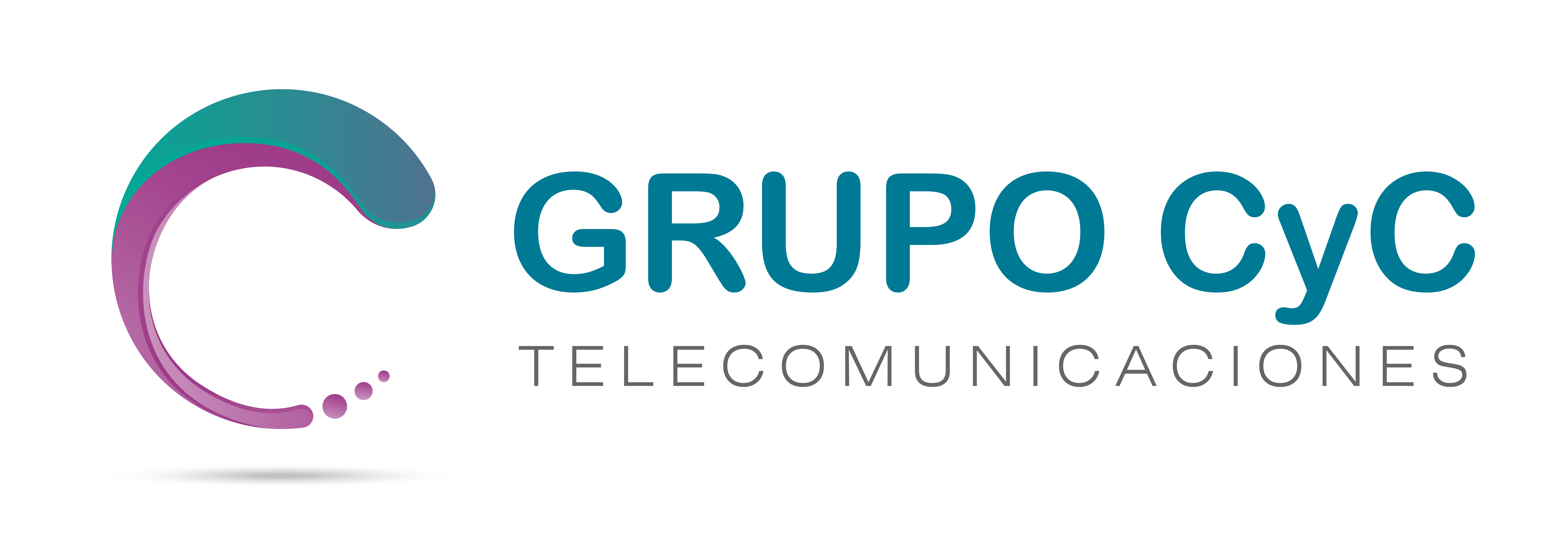Data exchange is the copy of information between systems or tools for effective document management workflow among agencies. It may well involve changing the original structure of the data to suit the destination program, or it may well simply be the movement of information from one computer to another. The details or data that is transmitted could be of numerous types, which range from documents and spreadsheets to pictures, statistics, software programs and protected links.
Arranged data exchange formats and structures are helpful for organisations sharing or receiving information as it minimizes the amount of time and energy required to restructure or reformat the information. A common model is the Nationwide Information Exchange Model (NIEM), which provides a data dictionary of agreed conditions, definitions and relationships to allow consistent facts sharing across diverse organisations regardless of their size or location.
In its most basic features, when completed well, data exchange can allow a physician to access the full medical record of their affected person and employ that to produce a better decision about treatment. However , this can be a complex specialized process that relies upon many different persons and systems to get together.
The Data Exchange lets organisations to spend less time credit reporting administrative data and even more time centering on client ultimate. It gathers a smaller pair of data items than earlier performance reporting requirements and also allows for versatile ways to put up the data – either through system-to-system transfers, large uploads or direct entrance into the Info Exchange website.

